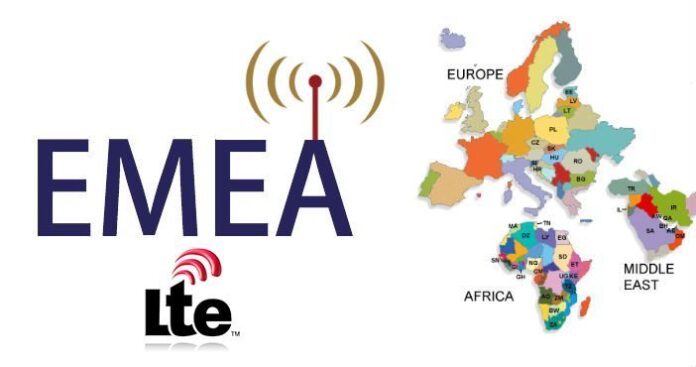After Hungary’s long-awaited spectrum auction, Hungary’s Magyar Telekom wasted little time in boosting its LTE covering, turning on 450 new LTE base stations the day after receiving new spectrum licenses following the country’s highly anticipated spectrum auction. The carrier, which is majority owned by German telecom giant Deutsche Telekom, claims its LTE network now covers 73% of the country’s population.
“We are ready to immediately expand our 4G coverage to the benefit of our customers,” said Christopher Mattheisen, CEO of Magyar Telekom. The operator said it plans to expand its LTE network nationwide to provide an estimated 93% residential outdoor coverage by 2014.
When the National Media and Infocommunications Authority of Hungary auctioned several spectrum bands including the coveted 800 MHz band most suitable for broad cellular coverage, four carriers ponied up a total of 130.6 billion Hungarian Forint ($544.2 million).
Magyar Telekom bought the most, including two blocks of paired spectrum in the 800 MHz band as well as additional lots in each of the other frequencies, paying 58.65 billion Forint ($247.7 million). Clearly, Magyar Telekom wants to use LTE to maintain its lead in Hungary’s mobile market. “Due to the nationwide rollout of 4G, Telekom’s leading position is unquestionable,” Mattheisen added.
Telekom’s mobile unit has about 45% of the Hungarian market, though its hold has been slipping slightly and it isn’t alone in the LTE race. Telenor Hungary and Vodafone, No. 2 and No. 3 respectively, both picked up two blocks each of 800 MHz spectrum. A fourth operator, new-entrant Digi, didn’t get any 800 MHz spectrum, but did pay for 10 megahertz of spectrum in the 1.8 GHz band.
However, none of the operators are moving quite as fast as Magyar Telekom.
As part of the spectrum auction, Telenor Hungary has an obligation to extend LTE coverage to 96% of the population in five years, and the company says its planning to “double the speed” of its network roll out.Telenor plans to invest up to $80 million over the next three years with plans to reach complete LTE coverage of the capital Budapest within months.
Vodafone Hungary, while on Telenor’s tail in the market place, has so far remained quiet about its plans.
Digi, an arm of the Romanian operator of the same name, will need about a year and a half to build its network according to NMMH. Still the added competition will no doubt impact the already heated race.
The rapid investment and deployment is particularly interesting in a country that has yet to show a strong interest in high-speed mobile. The mobile broadband take-up rate (subscriptions as a percentage of population) in Hungary was cited by an European Union report as the lowest in Europe: 26.4% in January 2014, compared to an EU average of 61.1%.
But the spectrum auction has removed one of the key obstacles to LTE growth in Hungary, and carriers are investing in fast deployment and the market is even adding a new network. It only remains to be seen if the users will follow.
For more about LTE in Europe, read this report and check out our other EMEA coverage.

